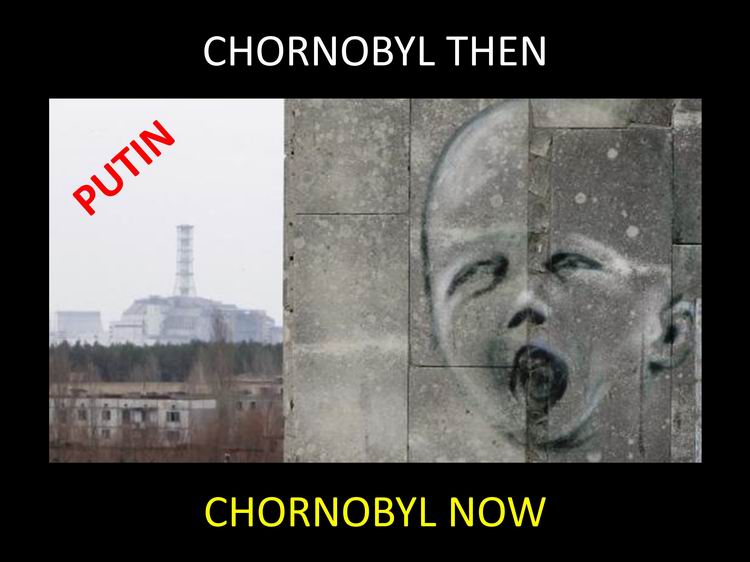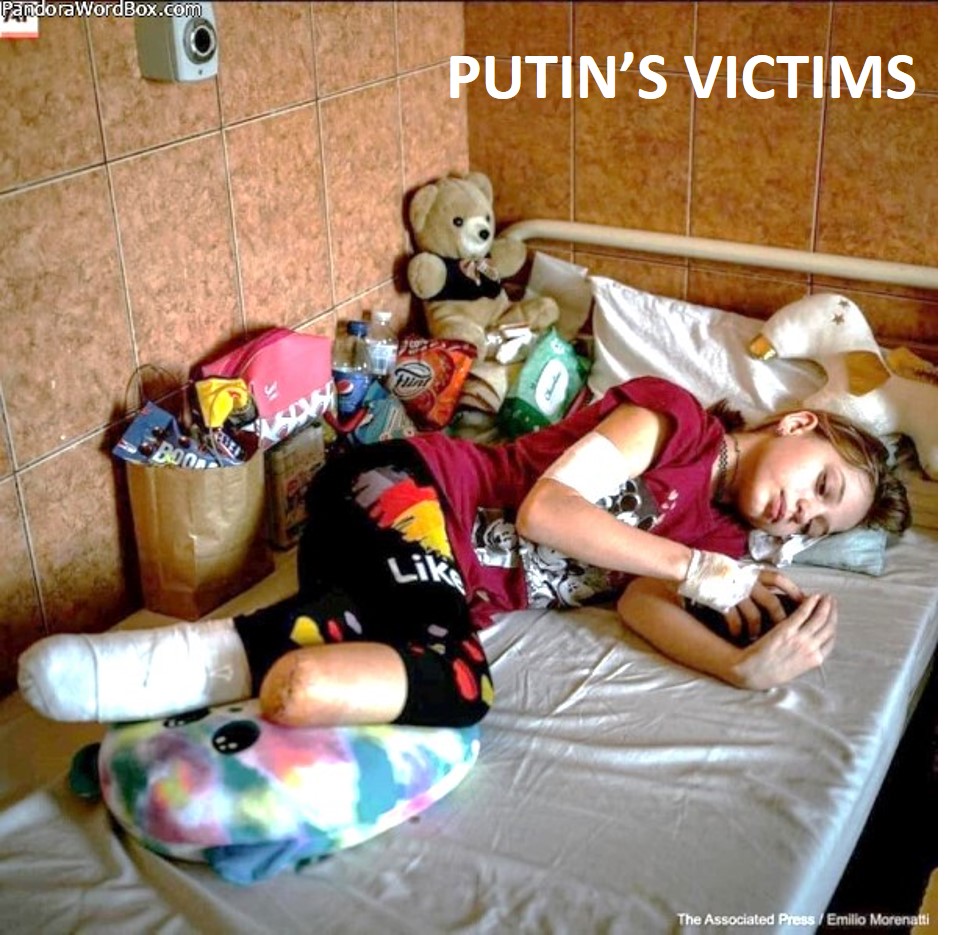 |
||
| Extract from: American Journal of Medical Genetics 33:522-536 (1989). Requests for Reprints University of South Alabama, College of Medicine,
| ||
Part 5
As an immigrant to Ohio, Don José had to "take a belated state board examination ... and I learned that the symptoms of chronic arsenic poisoning ... had a resemblance to acrodynia." In 1945, when confronted with a patient showing poisoning symptoms, Dr. Warkany's search for arsenic revealed instead the presence of mercury. These events were the first step in the eradication of acrodynia, a serious disease of childhood but progress was slow. In 1954, there still were as many as 30 million calomel-containing teething powders sold by a single British pharmaceutical firm. In 1966 he wrote "Acrodynia, Postmortem of a Disease" and noted that "there is nothing more dead than a dead disease ... but there is always merit of looking backward ... to pause and contemplate ... not to reminisce about old times, but to learn from the experiences and errors of the past" [Warkany and Hubbard, 1948, 1951; Warkany, 1966]. The initial reaction of colleagues from across the Atlantic ocean was to bestow on the work of Don José the title of "trans-Atlantic madness." Such triumphs should not be forgotten.

seeking news about teratogens from the popular magazine "Mother Jones" (Stanford University, 1981). |
In 1957, after meeting with Basil O'Connor, president of the National Foundation-March of Dimes, Dr. Warkany was instrumental in inducing the foundation to shift emphasis from poliomyelitis, a nearly vanquished disease, toward the study of "birth defects," a term that Don José did not favor because against the widespread belief that the problems of congenital malformations and those of inborn errors of metabolism are identical, it should be emphasized that there are striking differences in these disorders requiring different approaches ... the extension of the term [birth defects] ... may contribute little to progress, since not all congenital malformations are due to abnormal molecular structure [Warkany, 1977, 1978, 1979, 1981, 1986a].
For several years, Don José opposed the organization of a teratology society because "... the premature formalization of an emerging discipline could stunt its growth" while proclaiming that "... it must be realized that congenital malformations are manifestations of prenatal pathology, an area as large and complex as that of postnatal pathology ... obscured by the inaccessibility of the unborn ... and unresponsive to investigative methods traditional in postnatal research.... In April 1959, a conference on Congenital Malformations was taking place in Palm Beach, Florida. A series of landmark presentations were made and reported in the Journal of Chronic Diseases. The views expressed then by Don José on the role of congenital anomalies in the etiology of chronic diseases remain current now [Warkany, 1956]. Since then, congenital malformations have gained importance as causes of infant mortality and chronic disability. But at that time, a review by a steering committee of scientists, appointed by the National Foundation- March of Dimes and composed mainly of virologists linked to studies of poliomyelitis, judged that the study of inborn errors of metabolism and other genetic problems were of greater interest than studies of structural malformations. A few days later, during a walk along the edge of a nearby beach, Drs. Clarke Fraser and Jim Wilson and Don José decided that it was time to call for the creation of the first teratology society. One year later, the American Teratology Society, the first of its kind, was organized and Don José became president. When recalling these events, he mused "... how is one to convince virologists of the importance of structural malformations? .. I still think we should take care that molecular biology does not become mini-biology".

|

Robert L. Brent in Snowman Colorado (1979) |
Gallery of Etchings by Dr. Josef Warkany






